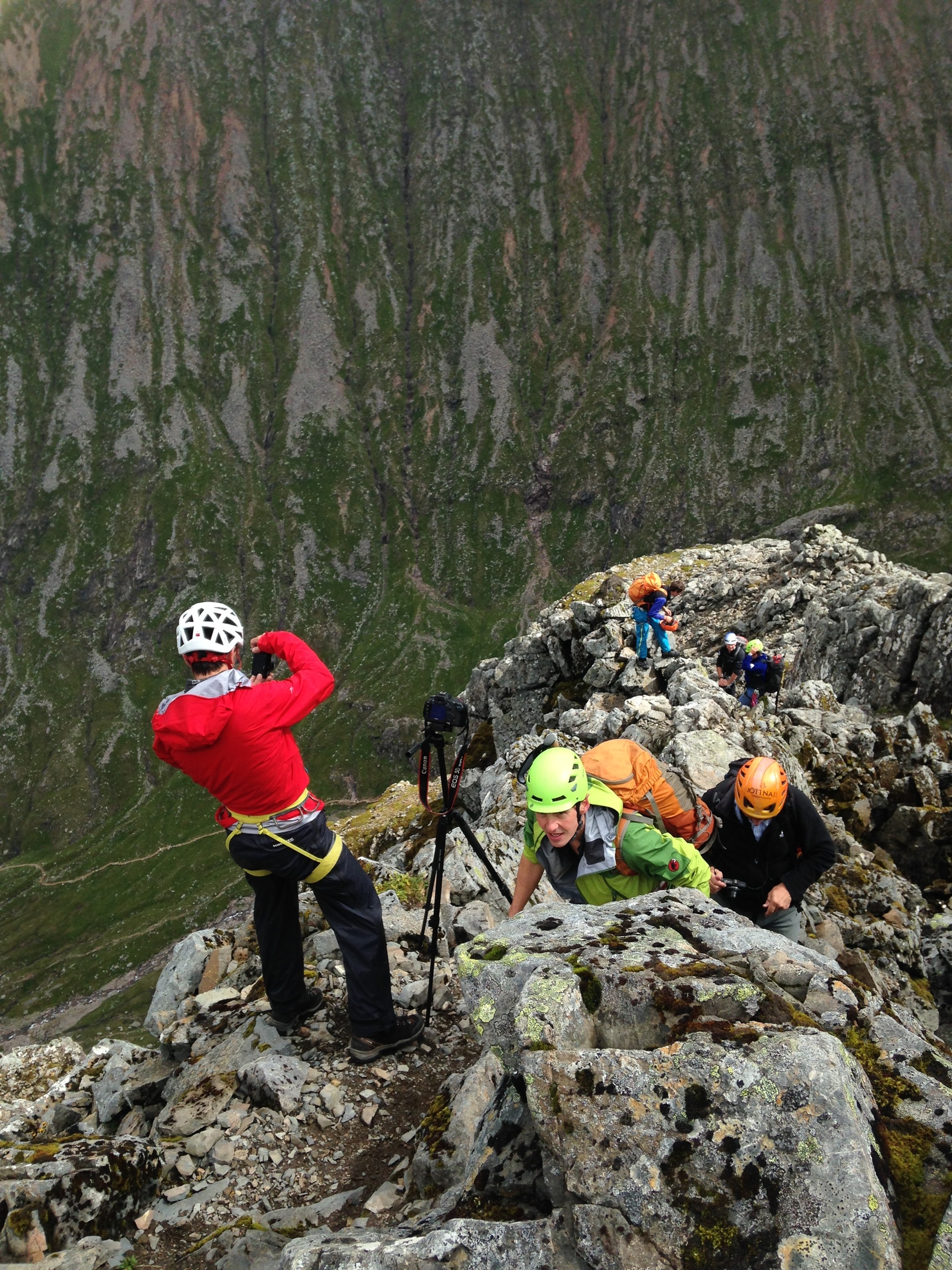Experts are to carry out a painstaking study of Ben Nevis in their quest to learn more about Britain’s highest peak.
The second stage of a geological and botanical survey of the famous mountain starts today.
The three-year programme was launched in 2014 and last year a new plant unique to Ben Nevis was discovered.
Experts are exploring approximately 309 acres of the north face of the mountain, focusing on rare plant species and geological features, developing their understanding of the mountain habitats and associated species.
Nevis Landscape Partnership is leading the project and it aims to foster the relationship between scientific study and professional mountaineering.
The idea is to develop an improved understanding of the mountain and the habitats and species found on the north face.
The knowledge will then be made available to people visiting Ben Nevis.
The mountain is affected by changing climatic conditions and the pressure put on it by the thousands of walkers and climbers who venture on to it every year.
Lewis Pate, environmental projects officer for Nevis Landscape Partnership, said: “The data that is being collected will provide a more accurate record of the current designated sites and understanding of the processes that formed the Ben and its surroundings millions of years ago.
“This will develop our knowledge of geological processes such as caldron subsistence and the resulting influence on the landscape we see today.
“The survey will run from August 10-14 and with long abseil techniques there is a small risk of rock fall and we would ask people to be aware of this if climbing on the north face during the week.”
The survey is a collaboration managed by the Nevis Landscape Partnership, working with Scottish Natural Heritage (SNH), Midland Valley Exploration, Abacus Mountaineering, professional botanists, the John Muir Trust, Highland Council and local volunteers.
